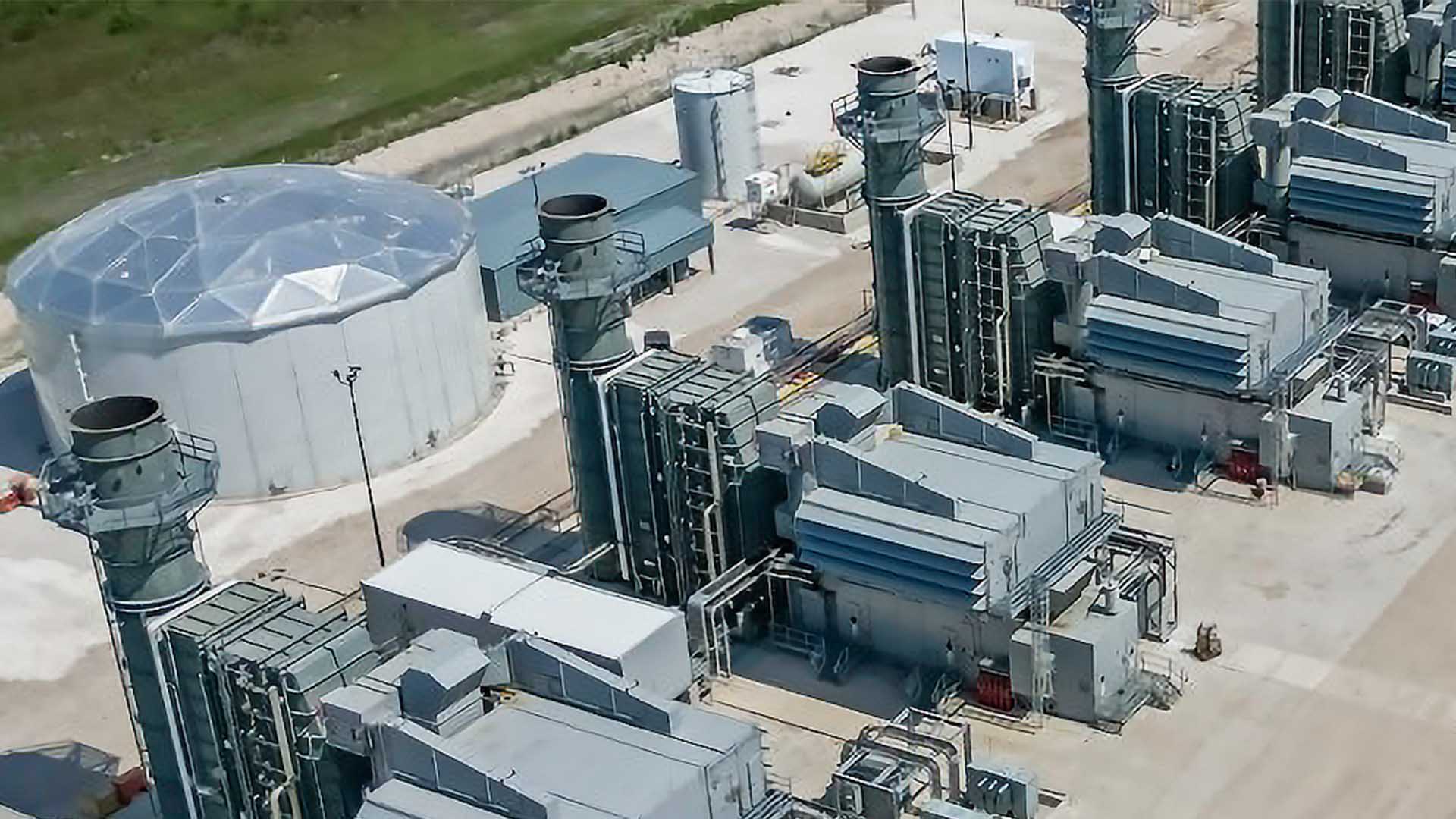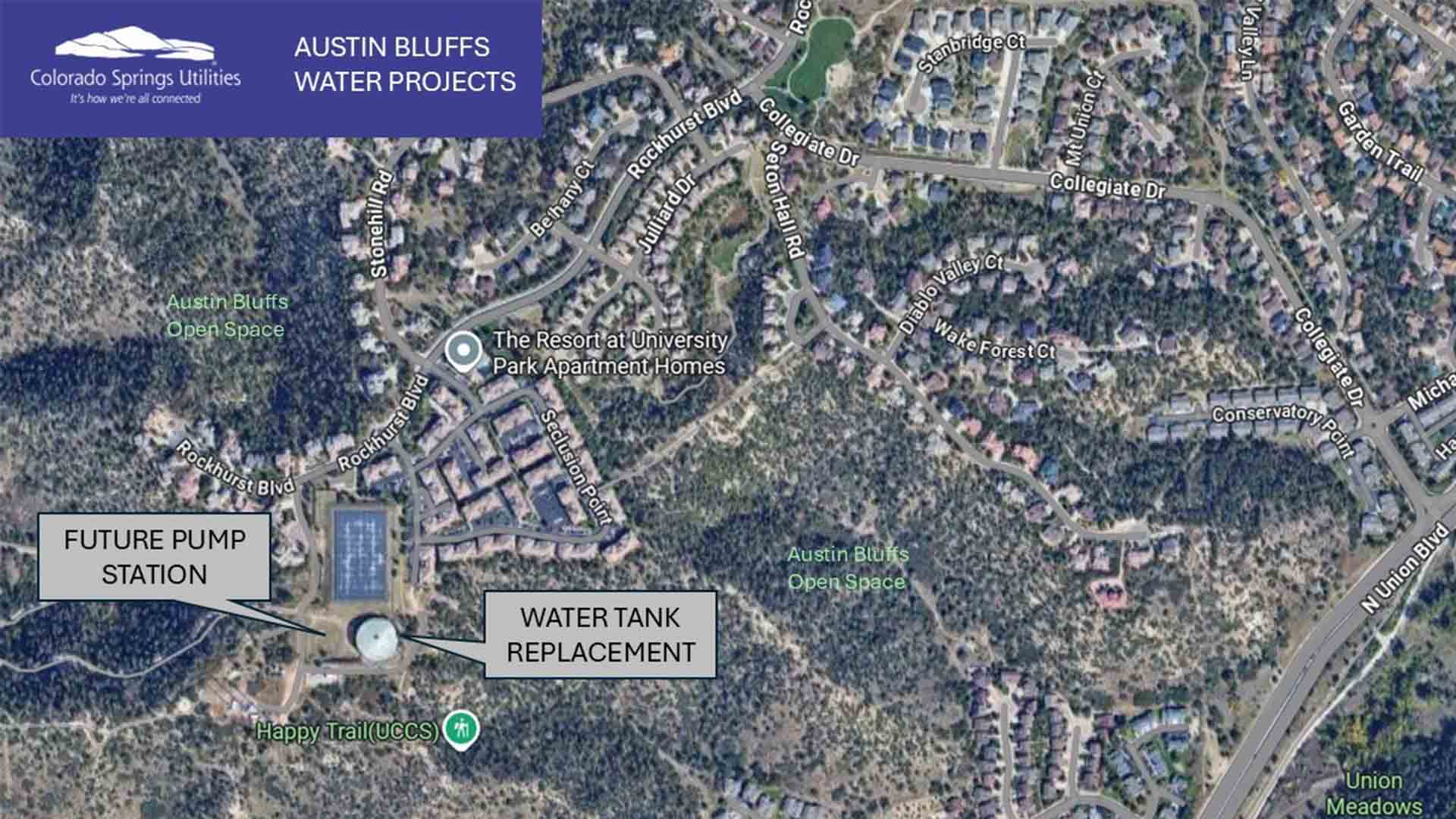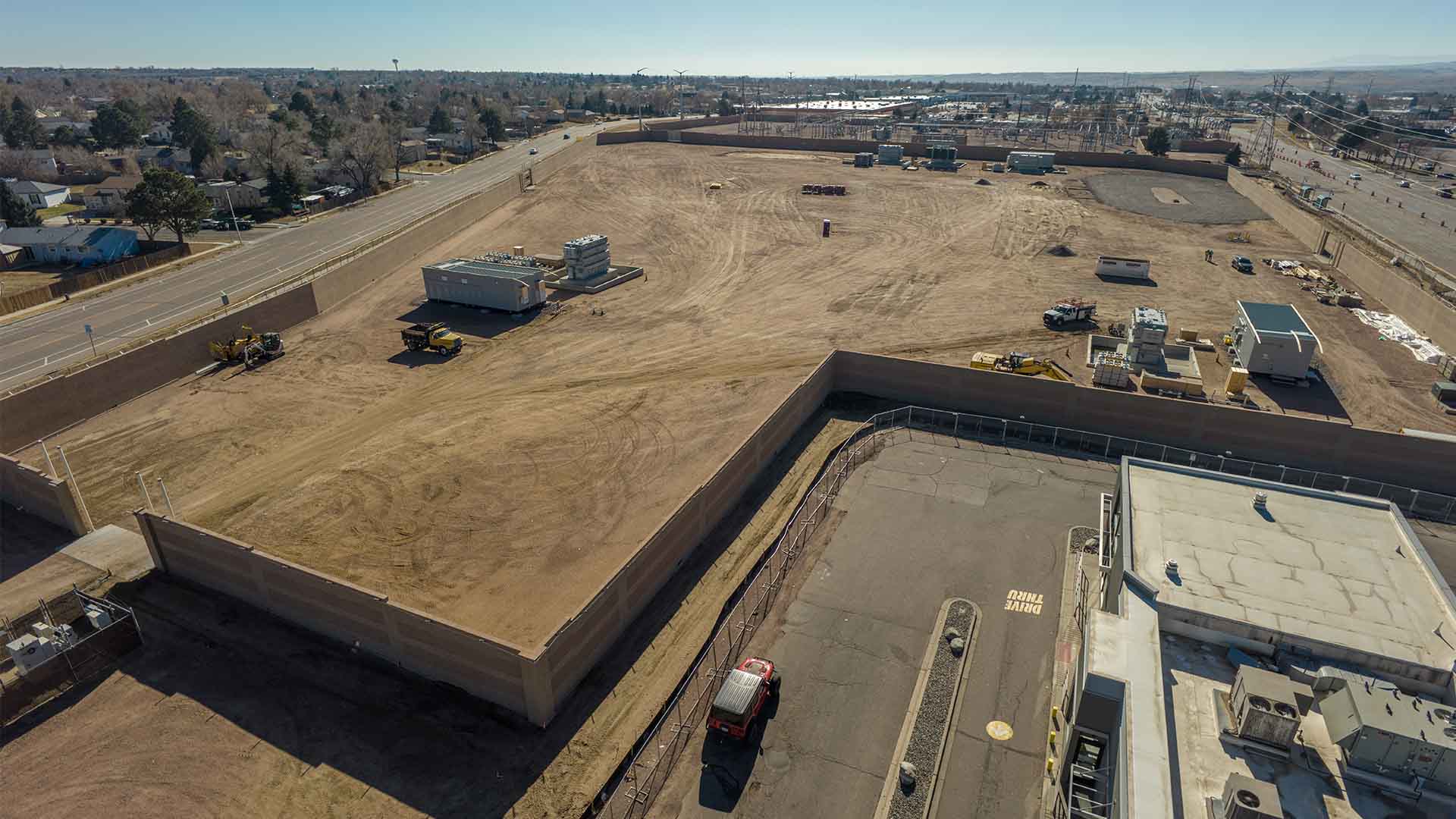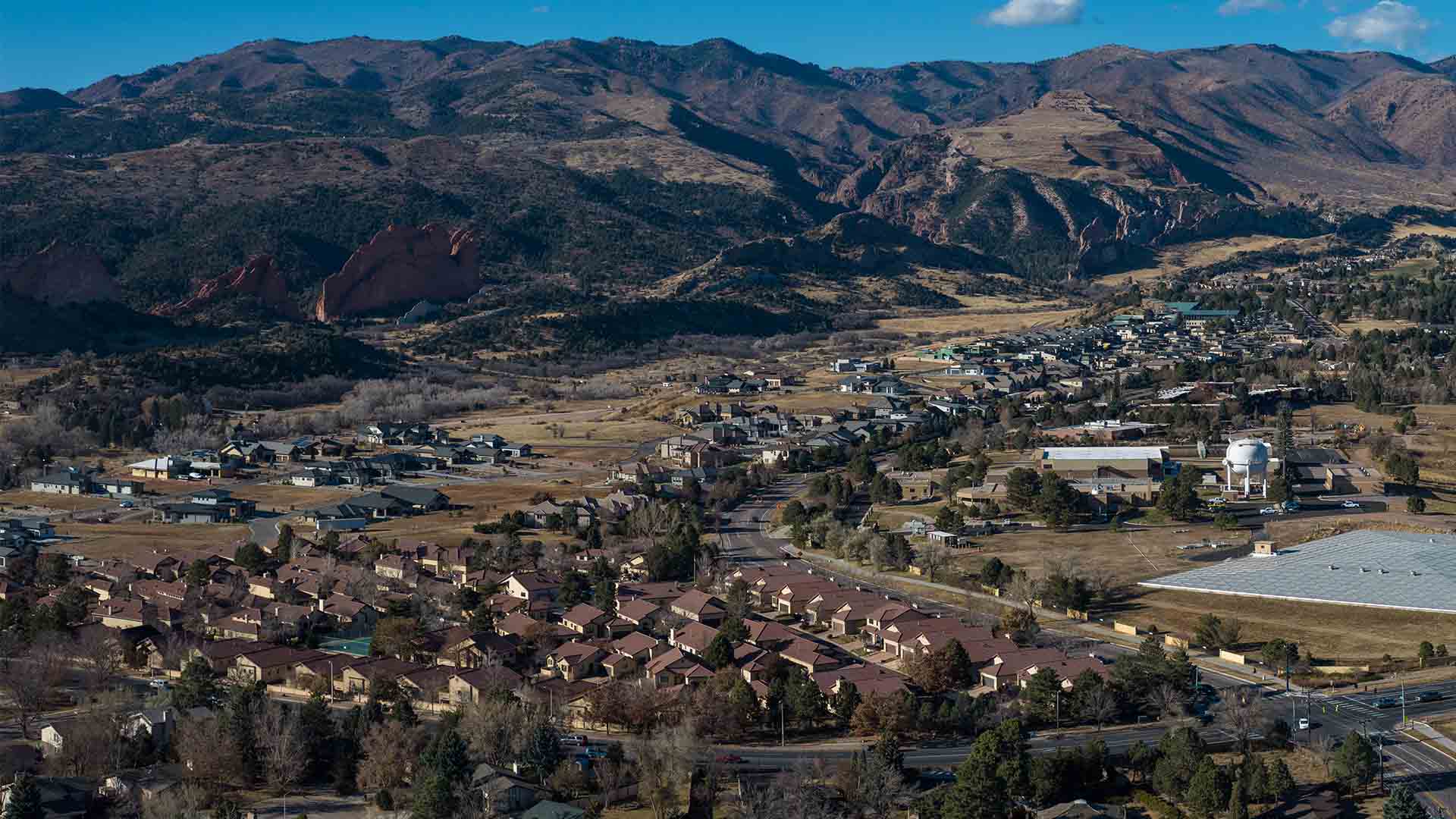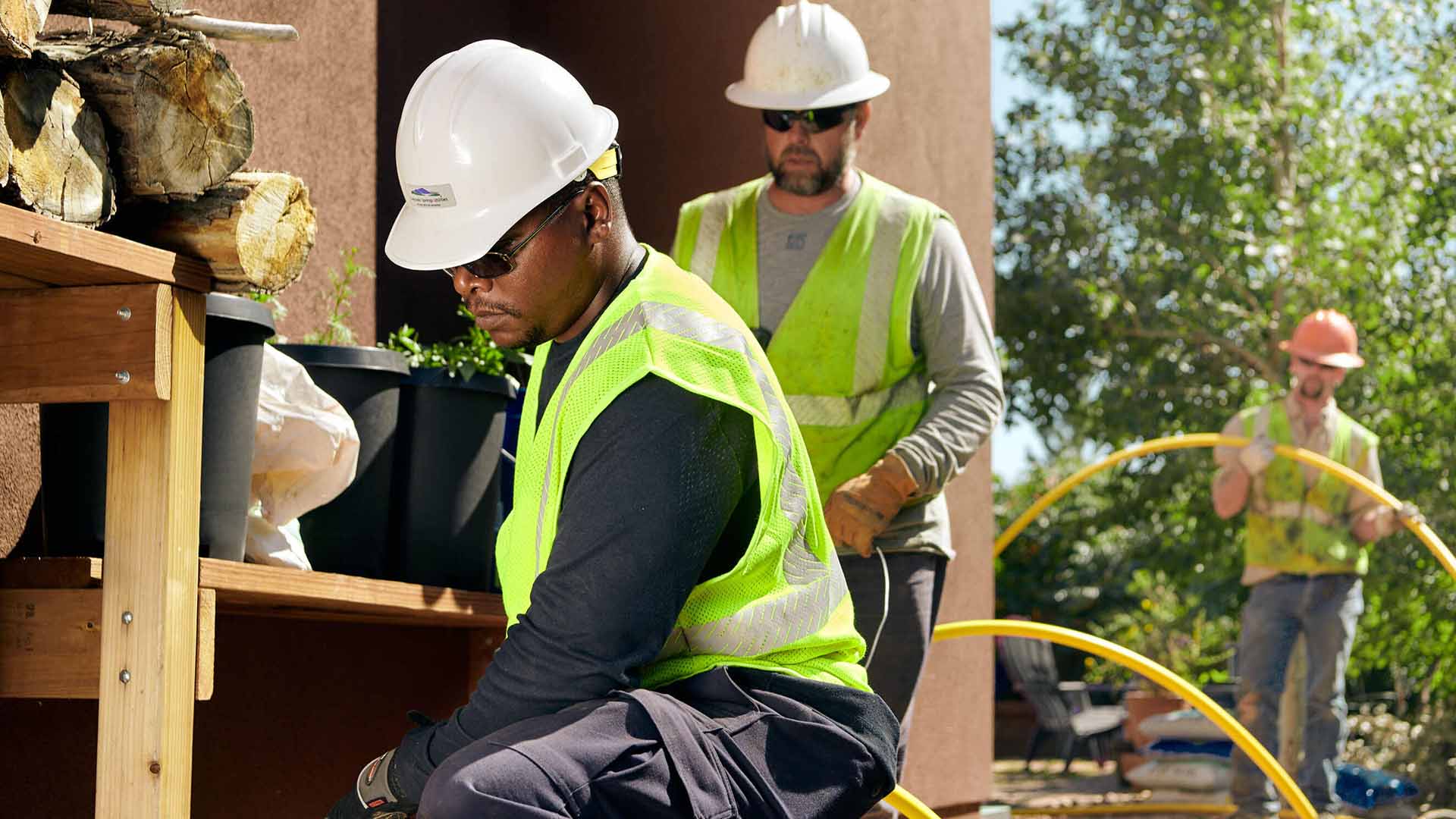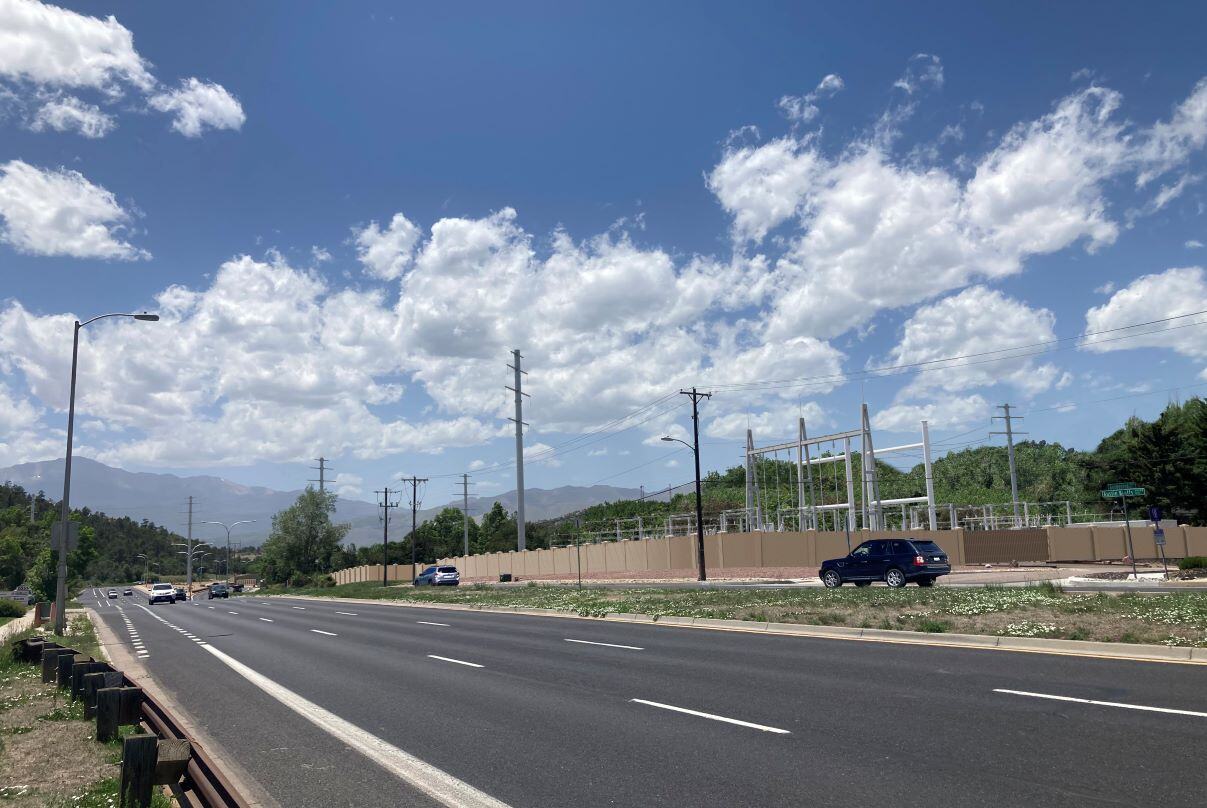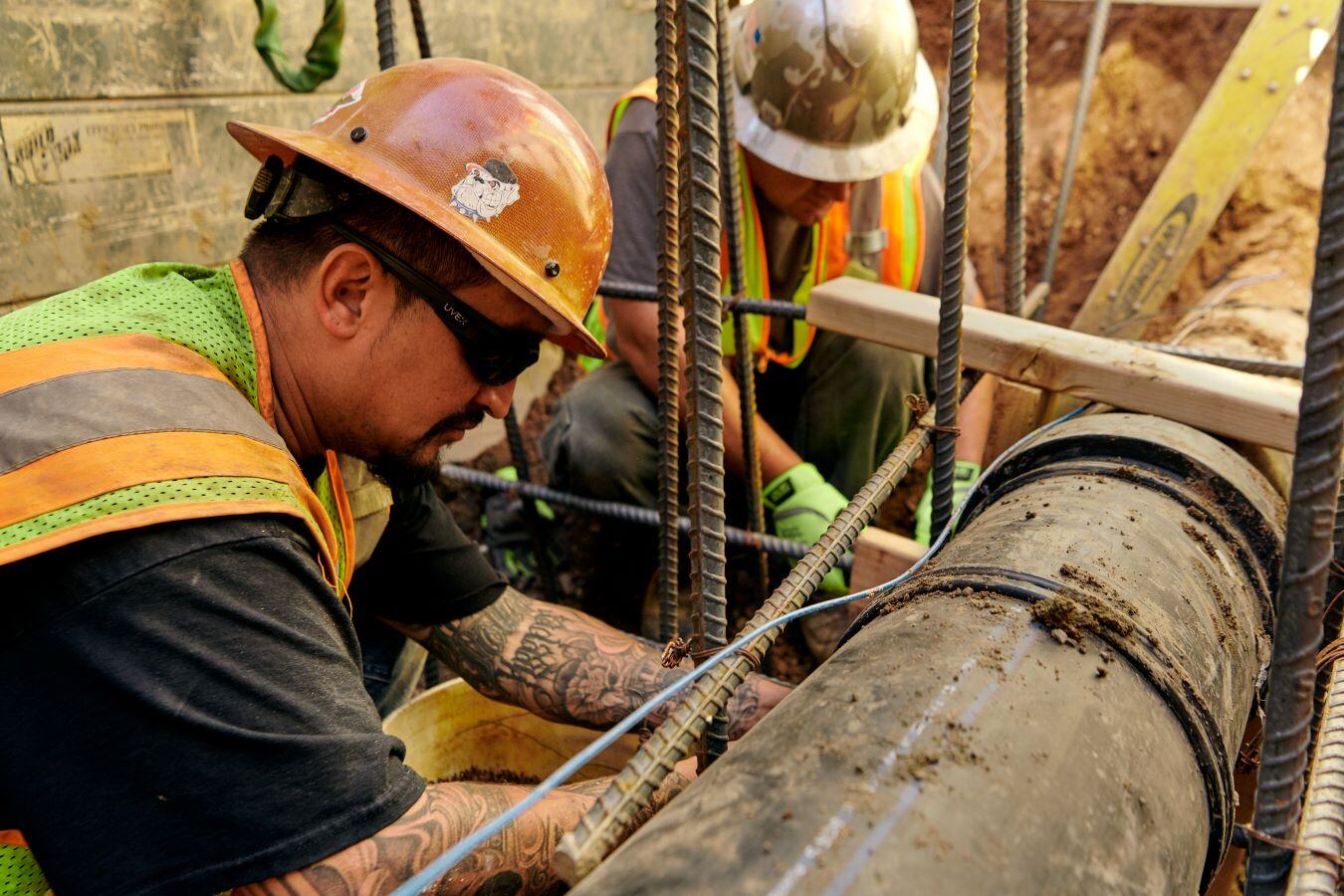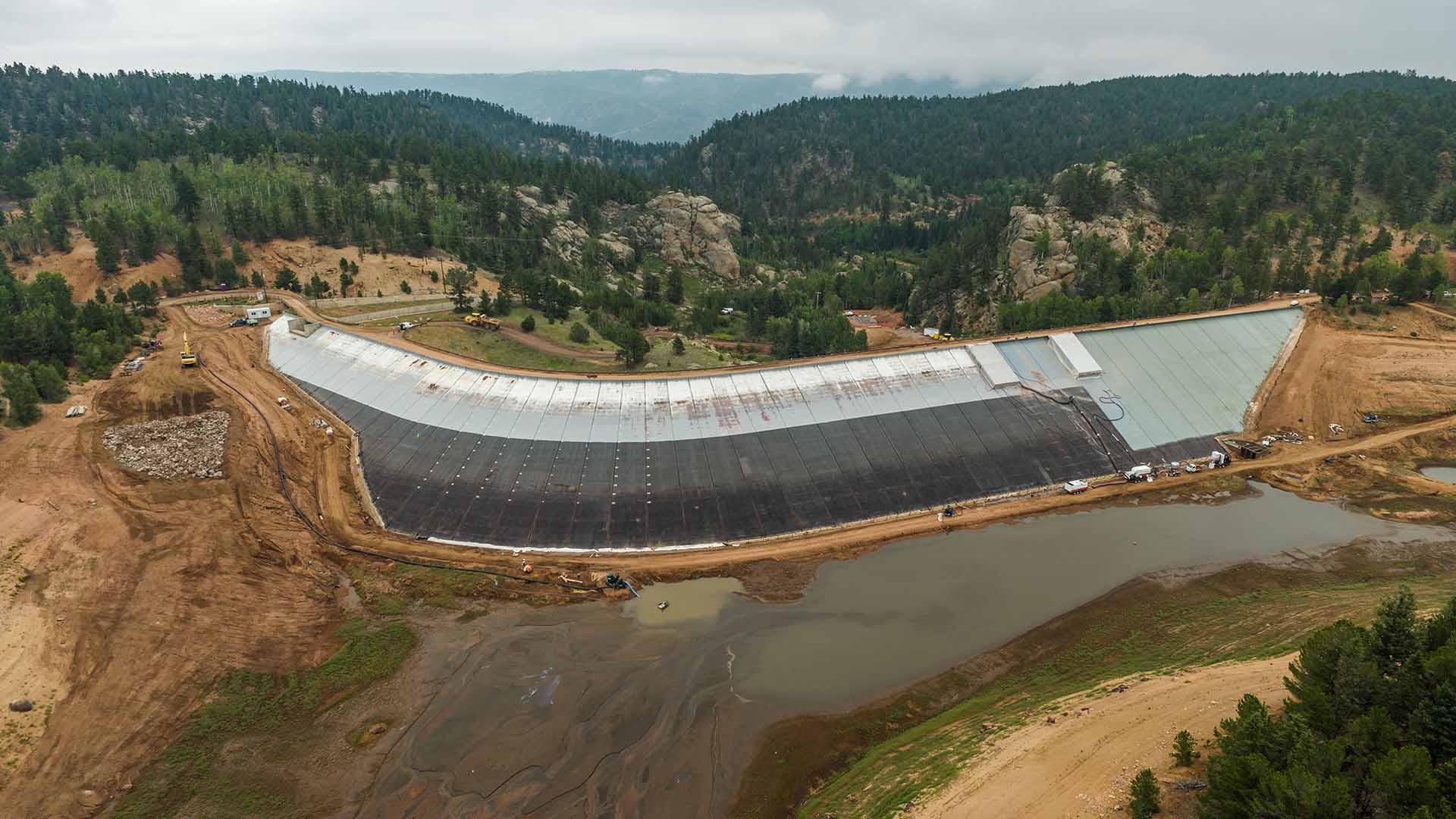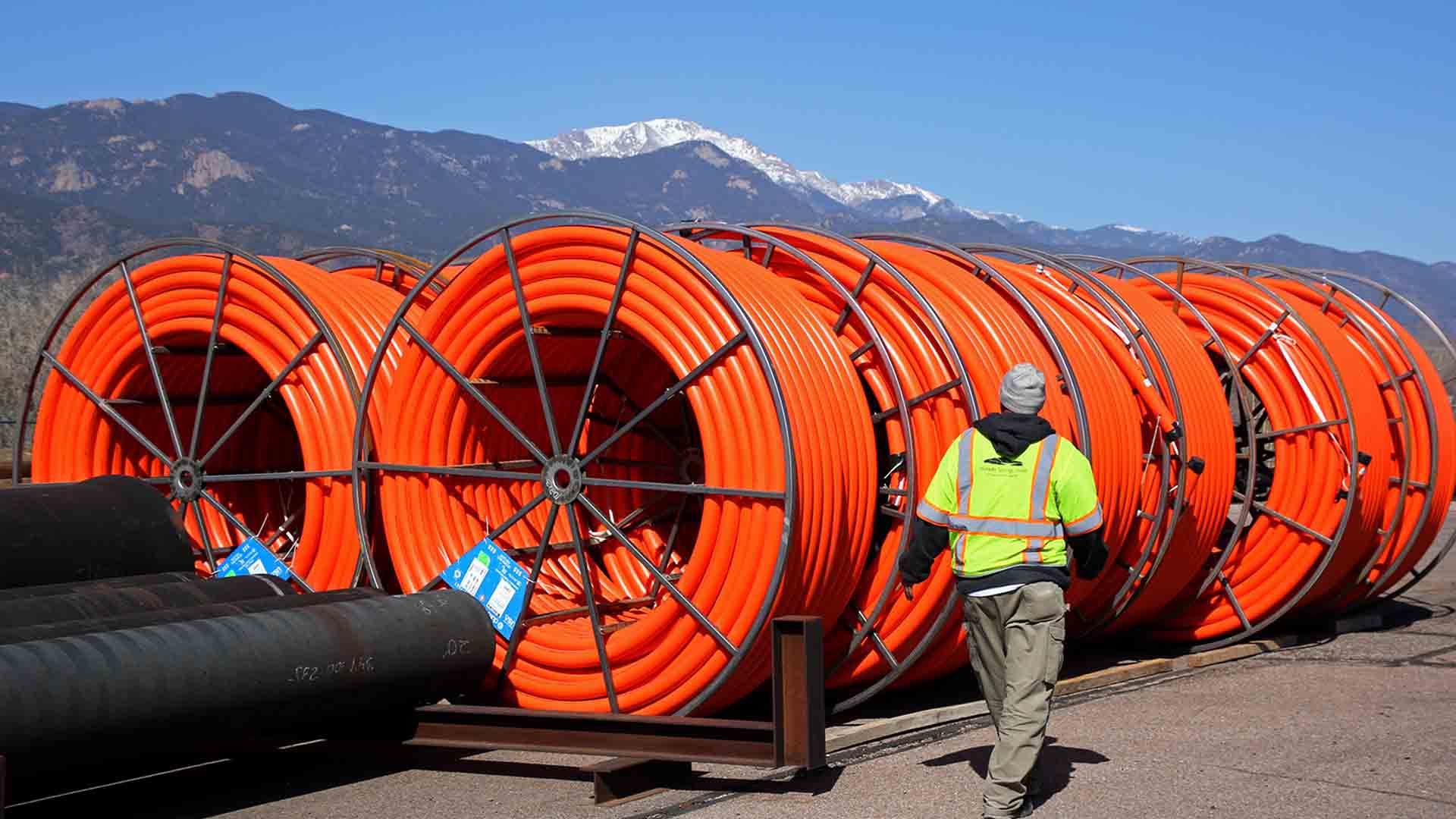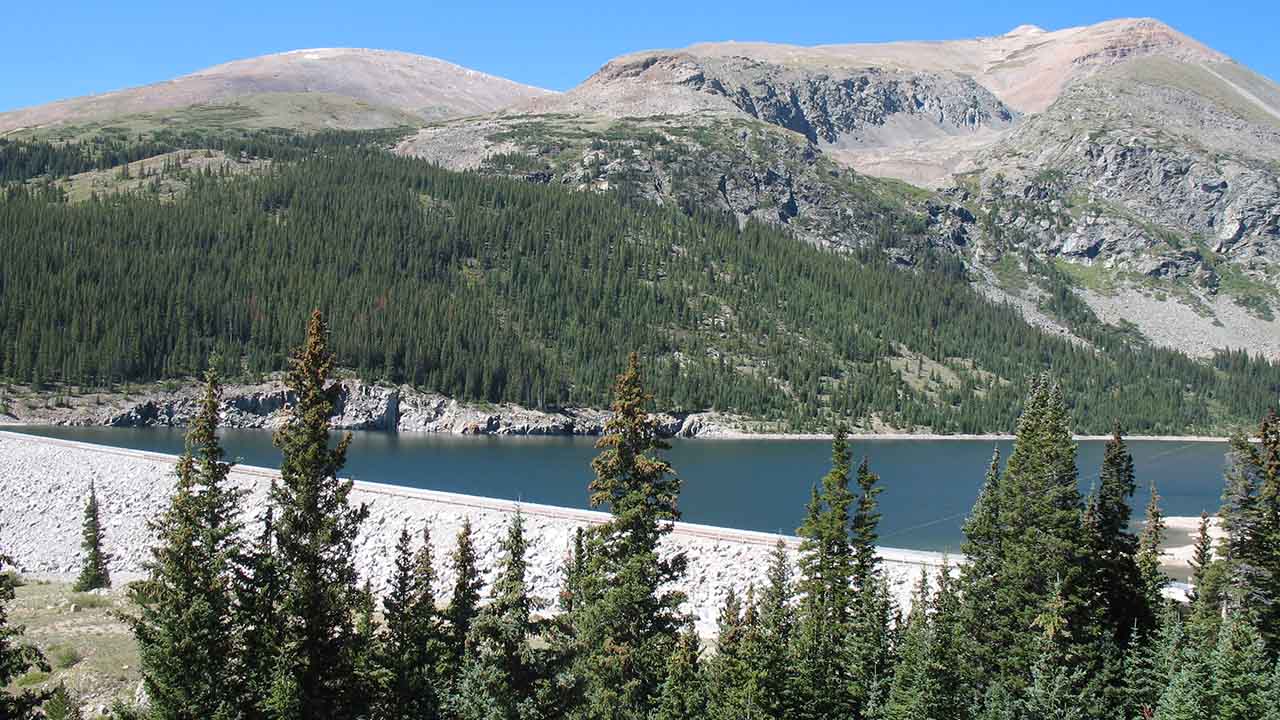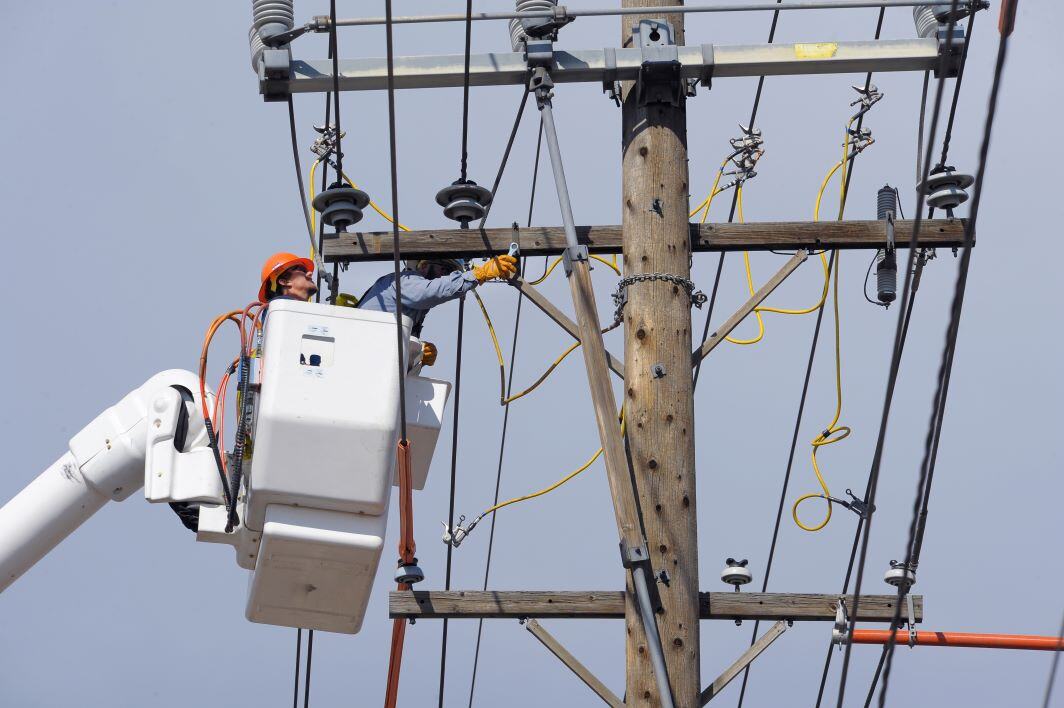We are committed to providing safe, high-quality, reliable drinking water to all customers. Our treated drinking water consistently surpasses state and federal standards for purity. We continually monitor our water quality from source to tap and take pride in being able to offer some of the best drinking water in the country. For detailed information about your drinking water, please read our Water Quality Report.
Lead in pipes
Lead does not come from Colorado Springs Utilities’ drinking water supplies. If present, lead comes from plumbing and fixtures within homes. Under the Safe Drinking Water Act (SDWA) Lead and Copper Rule (1991), lead must be tested in the drinking water in customer homes. If your home was built between the years of 1982 – 1986, you may have been asked to participate in this testing. Since the introduction of this rule, lead levels in Colorado Springs Utilities’ drinking water have always been below the regulatory Lead Action Level of 15 ppb[1].
New state and federal laws require us to inventory all water service lines in our service area to determine if they are made of lead or galvanized steel that may contain lead. A service line is the underground pipe that carries water from our water main, likely located in the street, into your home or building. We are required to notify consumers annually if their service line material is lead[2], galvanized requiring replacement[3] or is unknown[4].
Upon extensive review of service line records, building standards, physical verification, and statistical analysis in accordance with State requirements, Colorado Springs Utilities has found no evidence of the use of lead pipe in our service area. All service lines are considered “non-lead”[5] and depending on the year your home was built, are either copper, plastic or galvanized steel not requiring replacement.
| Era of construction | Service line material | % of services |
| 2008 - today | Copper or plastic | 18% |
| 1970 - 2007 | Copper | 57% |
| 1800-1969 | Copper | 21% |
| 1800-1969 | Galvanized | 3% |
| 1800-1969 | Other non-lead | 1% |
The materials listed in the table apply to small service lines (2 inches or less in diameter) which are connected to homes and many businesses. Our drinking water system also serves commercial customers that require a larger supply of water using a service line greater than 2 inches. These large service lines have been constructed like water mains throughout our history, which means that they may be made from any one of the following non-lead materials: cast iron, ductile iron, or plastic.
Colorado Springs Utilities has some lead fittings called goosenecks, or pigtails. These are short sections of lead (typically less than 24 inches) that allow the water main and the service line to move independently of one another, reducing the risk of leaks. Goosenecks and pigtails were used with galvanized services prior to 1970. Although not required by state and federal law, we remove these fittings and galvanized pipe when we replace water mains or repair services within the street.
Replacement of galvanized water service lines
It's important to note that you are responsible for maintaining the water service line within your property, which typically lies between the curb stop and the structure receiving water service. If you have a galvanized water service line and you elect to replace it on your property, we will replace the service line section from the curb stop to the water main within the street. Please contact us for more information about this service at (719) 668-7765 or email engage@csu.org.
Footnotes
[1] “ppb” parts per billion is a unit of measure that corresponds to one minute in 2,000 years, or a single penny in $10,000,000.
[2] “Lead” where the service line is made of lead.
[3] “Galvanized Requiring Replacement” where a galvanized service line is or was at any time downstream of a lead service line or is currently downstream of a “Lead Status Unknown”
[4] “Lead Status Unknown” where the service line is made of material that is not known to be lead, galvanized requiring replacement, or a “Non-lead” service line.
[5] “Non-lead” where the service line is determined through an evidence record, method, or technique not to be lead or galvanized requiring replacement.

